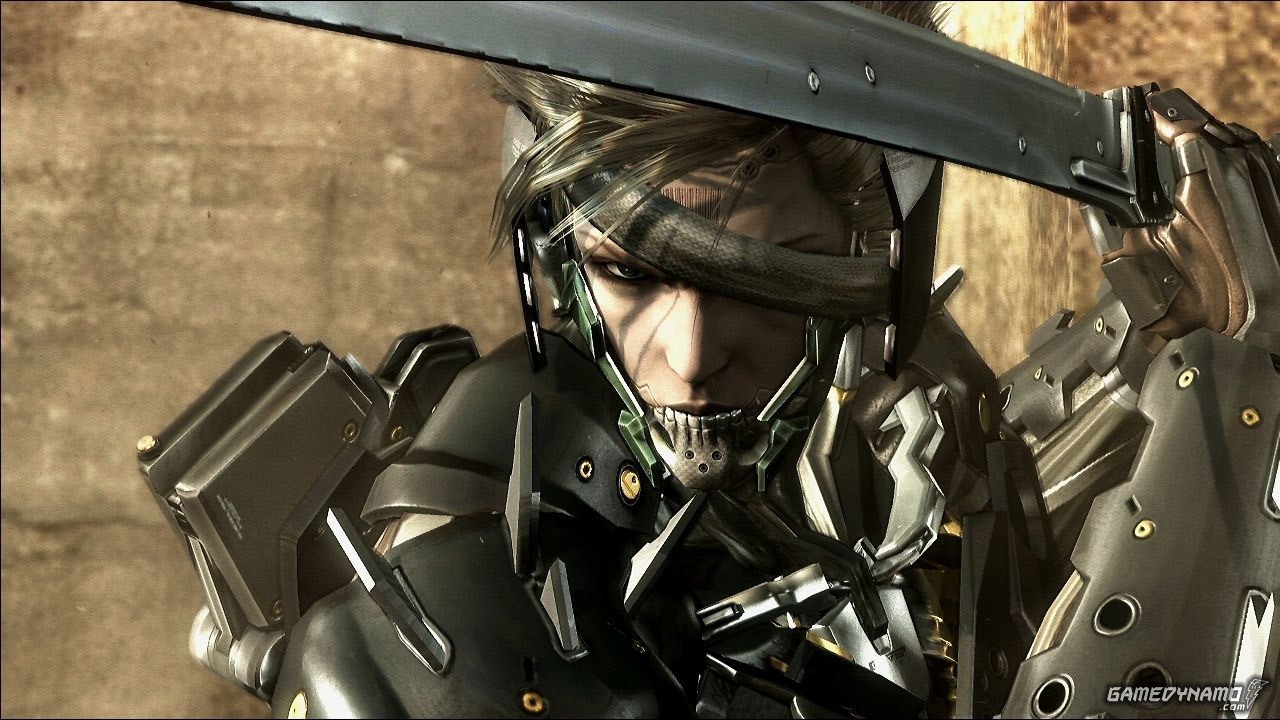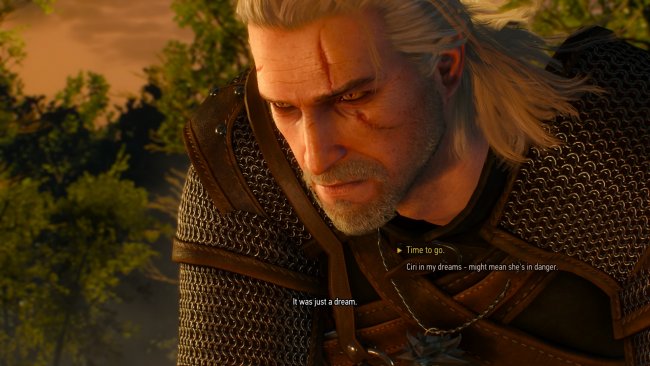

 Legend of the Green Dragon (LotGD) is a browser-based, primarily textual, computer adventure game. Players can explore the world, killing monsters and other players, before finally getting a chance to defeat the Green Dragon. The number of possible options to expand and customise the game means that no two game servers need be identical. They do not even need to have a Green Dragon.
Legend of the Green Dragon (LotGD) is a browser-based, primarily textual, computer adventure game. Players can explore the world, killing monsters and other players, before finally getting a chance to defeat the Green Dragon. The number of possible options to expand and customise the game means that no two game servers need be identical. They do not even need to have a Green Dragon.
Legend of the Green Dragon originated from an older, Bulletin Board game, called Legend of the Red Dragon (LORD). The original Red Dragon game was written in Pascal by Seth Robinson in the 1990s. Legend of the Red Dragon is still being developed today, by Michael Preslar. The last release was in 2009.
The original Legend of the Green Dragon was developed by Eric Stevens ("MightyE") with the copyright later being changed to include J.T. Straub. These two were in charge of the games development up until version 1.0.6, which was their last release.
Later development has been continued by the DragonPrime site, with the first main DragonPrime release being version 1.1.0.
The DragonPrime site is the home of current game development and the LotGD modders community, with hundreds of user-developed modules available for download, which can be used to expand the game, as well as the official game releases. The game itself is written in PHP with a MySQL database.
MUDs, or Multi User Dungeons largely preceded the Massively Multiplayer Online Role Playing Games (MMORPG) such as World of Warcraft or RuneScape, with many MMORPG developers coming from MUD development. LotGD is really a MUD as, even on the largest and most popular servers, it will be rare to see more than a few hundred players online at the same time, unlike the tens or hundreds of thousands often seen on the larger MMORPGs, and the game is largely textual rather than graphical.
Legend of the Green Dragon is an Open Source game, which has been released under the provisions of the Creative Commons License, Attribution-NonCommercial-ShareAlike 2.0 Generic (CC BY-NC-SA 2.0).
The modules are written by many Legend of the Green Dragon gamemasters, and provide many options to expand and enhance the game, adding new random events, player classes, races and professions, new encounters and locations, entire sub-quests and more. There is no real limit to how you can enhance the game if you can create your own modules.
Module installation is very easy, requiring no knowledge of PHP or MySQL, although having such knowledge can be an advantage. To install a new module, the module files need to be uploaded to the appropriate directories on your LotGD site. They are then accessed from the game’s Admin panel, and can be installed from there, after which they will normally also need activating.
After a new module has been installed, there are normally ways in which it can be configured. The amount of configuration you can do is dependent on the module and the options provided, but some of the possible alterations are location, chance of an ancounter or event happening, reward or penalty for an event and text. More complex modules will usually have more options to alter.
No single game of LotGD will have every single module installed. Too many modules could be confusing for players, and the more modules that you add, the greater the likelihood that some will be incompatible with each other. Module authors tend to write the modules for their own game setup, which will probably be different to yours.
Writing your own modules for LotGD is a good way of making your game more unique. It is comparatively easy to do, with some knowledge of PHP, although the easiest way initially is to start with an existing module someone else created, such as a "Race" type module, and create your own. This is allowed, although you have to credit the original modules creator in your new one.
The basic aim of a game of Legend of the Green Dragon is to develop your character until you can find and defeat the Green Dragon of the title, although this will often be different in more customised servers, with, for example, Lord Voldemort or a zombie boss replacing the dragon. After succeeding at this, you get a title advancement for your character, the ability to change all the race and class options, so you can play with a different starting setup, and to do it all again.
There are two main locations in the basic setup, the village and the forest. The village is where shops can be found, allowing better weapons and armour to be purchased, as well as other items, skills to be trained, and other fixed or random encounters.
The forest is where monsters can be fought, and where the Dragon is eventually found. In a standard setup, your character must advance to level 15 before the Dragon can be searched for. Along the way, you will improve your skills, weapons and armour and increase your hit points.
Whilst playing the game, the player can have a number of random encounters. The base encounters can be expanded by adding more modules. There will usually be a number of different responses a player can do in an encounter, although chance does play a part. The result can be positive or negative, with the player either gaining or losing gold, gems or health.
Some of the stock modules are games of chance, which are purely random if played.
Encounters can happen in the village or forest or, if multiple locations are enabled, whilst travelling from one village to another. With certain encounters, new sections of the game may be opened up, expanding the possible gameplay.
Whilst HTML5 is still in its infancy, and cross browser performance is a serious problem, especially with Internet Explorer, Legend of the Green Dragon is the type of game, being mostly backend and played on one site, rather than distributed, that will probably work well with this technology.
A mobile version has been ported to the Android mobile platform. More versions may well appear in the future.




 League of Legends: How to Smart Cast Spells
League of Legends: How to Smart Cast Spells Smite: Top 5 Most Boring Gods
Smite: Top 5 Most Boring Gods Elder Scrolls V: Skyrim Dragon Shouts Guide
Elder Scrolls V: Skyrim Dragon Shouts Guide Demon's Souls Farm Guide
Demon's Souls Farm Guide The 10 Worst Things About The Witcher 3
The 10 Worst Things About The Witcher 3